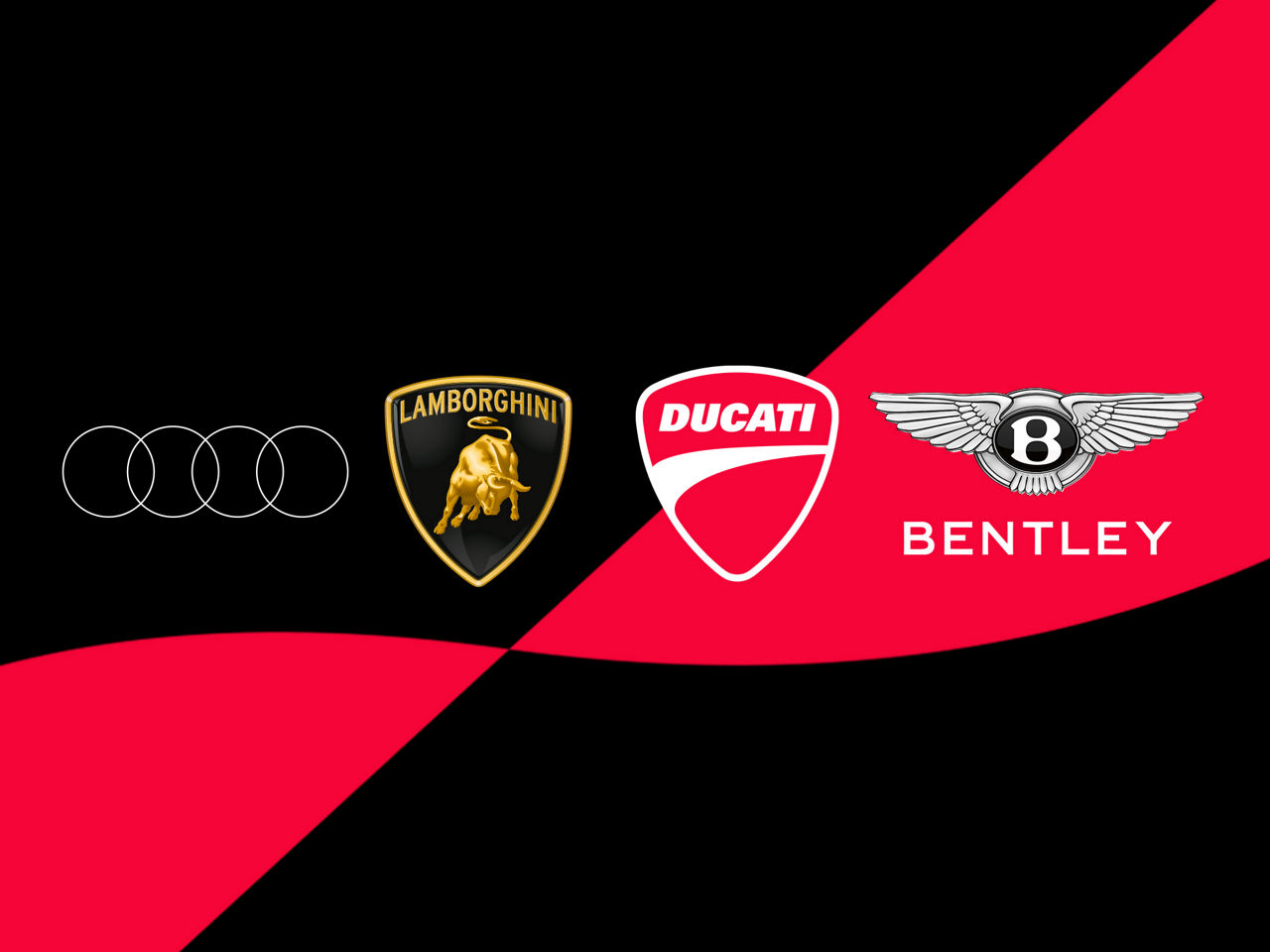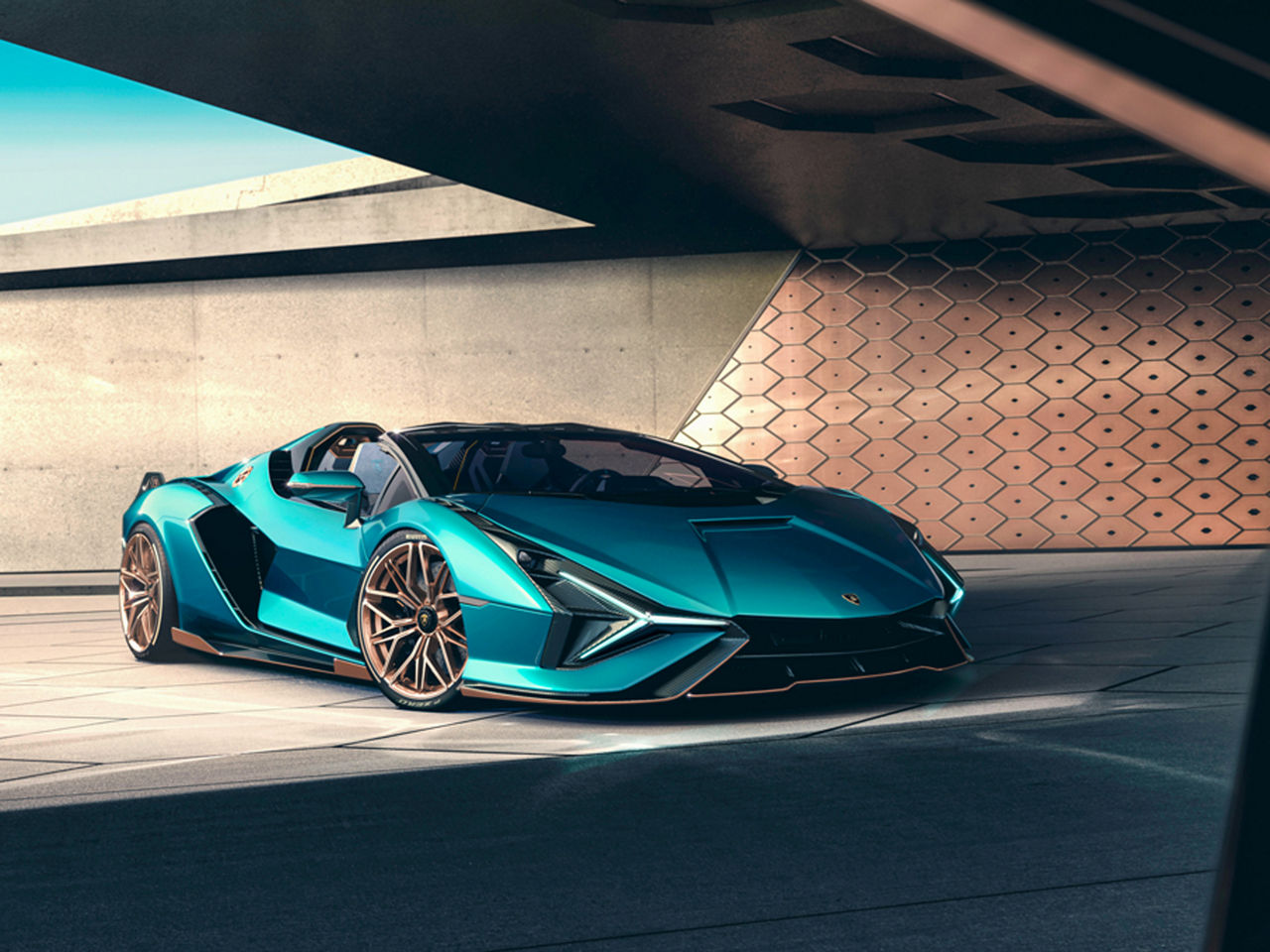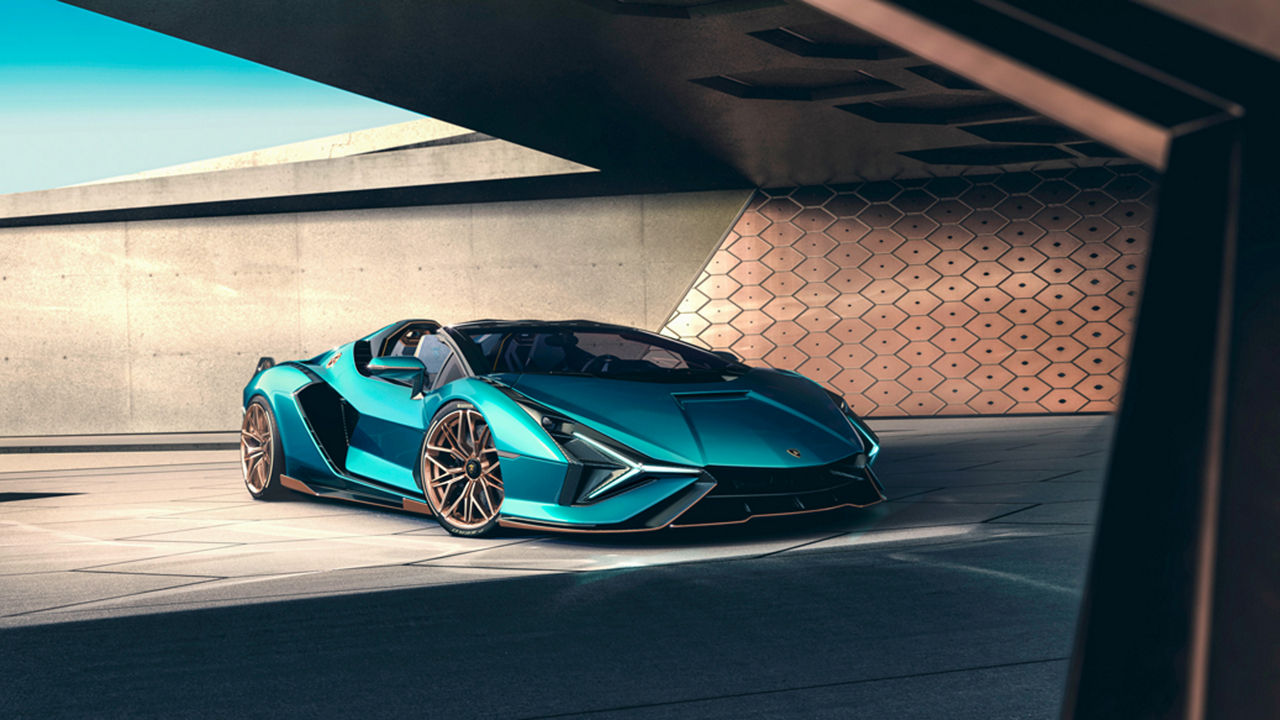Progressive brand group restructured
Bringing Audi, Lamborghini, Ducati and Bentley together in the Progressive brand group will make these companies even stronger. The reasons.
missing translation: fa.article-intro.reading-time – 03/17/2022
missing translation: fa.article-intro.reading-time – 03/17/2022


The Passenger Cars business area within the Volkswagen Group is made up of the three brand groups Progressive, Sport and Volume. The new Volkswagen Group management model reinforces these existing brand groups and emphasizes their role as independent operating units. Audi, which heads the Progressive brand group within the Volkswagen Group, took over management responsibility for Bentley on March 1, 2021. As a result, the brand group now incorporates the Audi, Lamborghini, Ducati and Bentley brands.
The Bentley brand was consolidated effective January 1, 2022. In the future, Audi will focus even more strongly on synergy-based brand group management with clear and consistent reporting. By actively communicating selected key performance indicators and strategic goals for each brand, it will be possible to provide greater transparency and make clear commitments, thus helping to meet the requirements of the capital markets even more effectively.
As far as the management model itself is concerned, Audi relies on the principle of variable intensity across all divisions. The goal is to create maximum synergies between the brands without restricting their freedom or diluting their individual brand DNA.
Central management and cooperation on cross-brand topics such as procurement, development, administration and the establishment of new business models will produce uniform, coordinated process steps. At the same time, this gives the brands the opportunity to reinvest freed-up capacities in brand-specific activities.
The grouping of the brands offers great potential for technical synergies, particularly against the backdrop of the future platform strategy. Additional success factors for the Progressive brand group lie in a harmonized corporate, brand and product strategy and in integrating the brands into the existing committee and decision-making structures.
Full financial figures for Bentley at the level of the other brands will be published for the first time in the Q1/2022 Quarterly Update*.
More details


In the 2021 fiscal year, Lamborghini continued the impressive successes of recent years, as evidenced by its key performance indicators.
Lamborghini finished the year 2021 with a remarkable record: 8,405 vehicles were delivered worldwide, an increase of 13 percent on the previous year and more than 2 percent compared with the pre-Covid year 2019. The most popular model with customers in 2021 was once again the Urus* with 5,021 vehicles delivered (+14 percent). Next in line is the Huracán (2,586 vehicles, +18 percent), which saw a sharp rise in sales thanks to the strong impetus provided by the Huracán STO*. A total of 798 of the Aventador were delivered to customers.
Lamborghini* achieved record revenue of EUR 1.95 billion in 2021. This represents an increase of 19 percent compared with 2020 and 4 percent compared with 2019.
Commitment plus transparency
The Progressive brand group aims to increase the transparency of its financial reporting. For instance, Lamborghini published its operating return on sales (ROS) for the first time. In fiscal year 2021, this key performance indicator reached 20.2 (16.2) percent, which is more than twice as high as in 2018. Alongside the figure itself, the company presented its strategic return target: Lamborghini aims to achieve an ROS of over 25 percent from 2030. Until then, the company is targeting an operating return on sales of between 22 and 25 percent.
The Lamborghini strategy is founded on a strong brand that is authentic, unexpected and bold. In addition to series-production vehicles, the model portfolio features what the company calls “few-off models”: exclusive and highly customized small-series vehicles such as the Lamborghini Sián Roadster*. Add-on services such as the “ad-personam” program, offering customers maximum customization options, also play an important role.
A sustainability strategy with a heart
In 2021, Lamborghini presented a clear strategy for the future: “Direzione Cor Tauri,” named after the brightest star in the Taurus constellation. It is the roadmap to an electrified future that keeps the core values of supercars in focus. “Direzione Cor Tauri” encompasses the decarbonization of future models as well as the Sant’Agata Bolognese site, in line with Lamborghini’s comprehensive sustainability strategy. The ambitious transformation program envisages complete hybridization of the portfolio by the end of 2024. In total, the company plans to invest EUR 1.8 billion over the next five years, to be financed entirely from its own resources.
Sustainability also picked up speed at Lamborghini in 2021. Among the key projects was the launch of an initiative for more environmentally compatible logistics, which involved shifting the transportation of Urus bodies entirely to rail. This switch has helped reduce the CO₂ emissions associated with Urus logistics by 85 percent compared with the previous year. Lamborghini has been working toward greater sustainability for several years now. Through a series of programs and investments, Lamborghini was able to certify its entire plant as net carbon-neutral* in 2015*.
Millions of fans and followers
Lamborghini is one of the most popular brands on almost all social networks. On Instagram, for example, the brand has more than 31 million followers. That success is backed up by top scores in surveys of customer perception and dealer satisfaction. In addition, the brand benefits from a very young customer base compared with its competitors.
More details


2021 was a record year for Ducati. With 59,447 motorcycles, deliveries increased by around 24 percent compared with the previous year. This marks an all-time high. Operating profit reached EUR 61 million, with an operating return on sales (ROS) of 7.0 percent. Germany (6,107 deliveries, +11 percent year-on-year) remains the motorcycle manufacturer’s third most important market after the USA (9,007 deliveries, +32 percent year-on-year) and Italy (8,707 deliveries, +23 percent year-on-year).
In 2021, Ducati consequently grew at twice the rate of the overall market in the motorcycle segment above 500 cc. In the fourth quarter of 2021, the company presented nine new models. These are being introduced into the market in 2022.
In launching the DesertX, a completely new development, Ducati is tapping into the promising touring enduro market. The most powerful model in the entire crossover segment in 2022 will be the Pikes Peak version of the 2021 bestseller, the Multistrada V4 (9,957 deliveries). In terms of the planned expansion of its model range, especially in the high-margin segments, Ducati has set itself even more ambitious goals for the future: From 2030 onwards, Ducati wants to generate an ROS of more than 10 percent. For the period until then, the target ROS corridor is between 8 and 10 percent.
But performance is a part of the Ducati DNA in terms of more than just its financial figures: In the MotoGP Championship, the brand won the 2021 team and constructors’ titles – the latter for the second time in a row. By joining the FIM Enel MotoE™ World Cup in 2023, Ducati wants to demonstrate that top performance is also possible in the electric world, away from the combustion engine arena, and that the brand is focusing increasingly on sustainability. The company is the sole supplier for the race series. A first prototype of the fully electric Ducati V21L* has already been unveiled and tested on the racetrack. Ducati has always found inspiration for series production in the world of motorsport and views MotoE as a catalyst for future models.
More details


Bentley has been a part of the Audi Group since January 1, 2022. This long-established British car manufacturer stands for individualized luxury, perfect craftsmanship and powerful performance. In the electrified future, it will benefit from synergies with Audi.
Audi can welcome a special new addition this year. The time-honored Bentley brand, a purveyor to the British royal family, moved to Audi’s area of responsibility in 2021 and will be included in the Audi Group’s key performance indicators as of 2022*.
Together with Audi, Lamborghini and Ducati, Bentley is part of the Progressive brand group within the Volkswagen Group. In the automotive industry, Bentley stands for luxury and British tradition, two qualities that the company – established in 1919 and headquartered in Crewe (UK) – can leverage to the full as part of the Progressive brand group. At the same time, Bentley will benefit from synergies with Audi in the future, especially when it comes to electrifying its vehicles.
As part of the “Beyond100” strategy for the future, Bentley will use the modular Premium Platform Electric (PPE) developed by Audi and Porsche for advancing the electrification of its models. By 2024, all Bentley models are also to be offered as plug-in hybrids. The Bentayga* is already available with hybrid drive, the Flying Spur* will follow as a hybrid model soon in Europe, too.
The market introduction of the first fully electric Bentley is planned for 2025. As of 2026, only plug-in hybrid or purely battery electric models are to be built. And, starting in 2030, Bentley wants to offer fully electric vehicles only. Moreover, the company plans to be net carbon-neutral⁴ at its production site in Crewe by 2030.